
But there is one more thing: if you distract from the bloody drama, you notice how tightly relevant technical innovations are integrated into the plot of "Brother". Analyzing this is like identifying car brands and alarm clock models in Back to the Future. The occupation is somewhat strange, but it has the right to life, and for people like me, it is generally basic. Recently I reviewed "Brother" on a fast rewind, as far as possible tried to determine the models of the devices falling into the frame, and on the basis of this draw conclusions that absolutely do not affect the impression of the film . The re-release of the film in HD is available on YouTube , screenshots are taken from there. It all started with a simple question: what kind of CD player did Danila Bagrov have?
I keep a diary of a collector of old pieces of iron in Telegram .
First, binding to dates is mandatory. The film was first shown at the Cannes Film Festival in May 1997 (according to Wikipedia ). It was released in June, and it was immediately released on VHS - I suppose that it was difficult to rely on revenue in cinemas then. In December 1997, the first television show took place. I first saw the film in 1998 in the United States, borrowed a cassette from someone from an emigre party, watched it and suffered nostalgia for the Motherland, although there seemed to be no reason for this in the plot. Filming took place in the fall of 1996 - this is the most important for our further research.
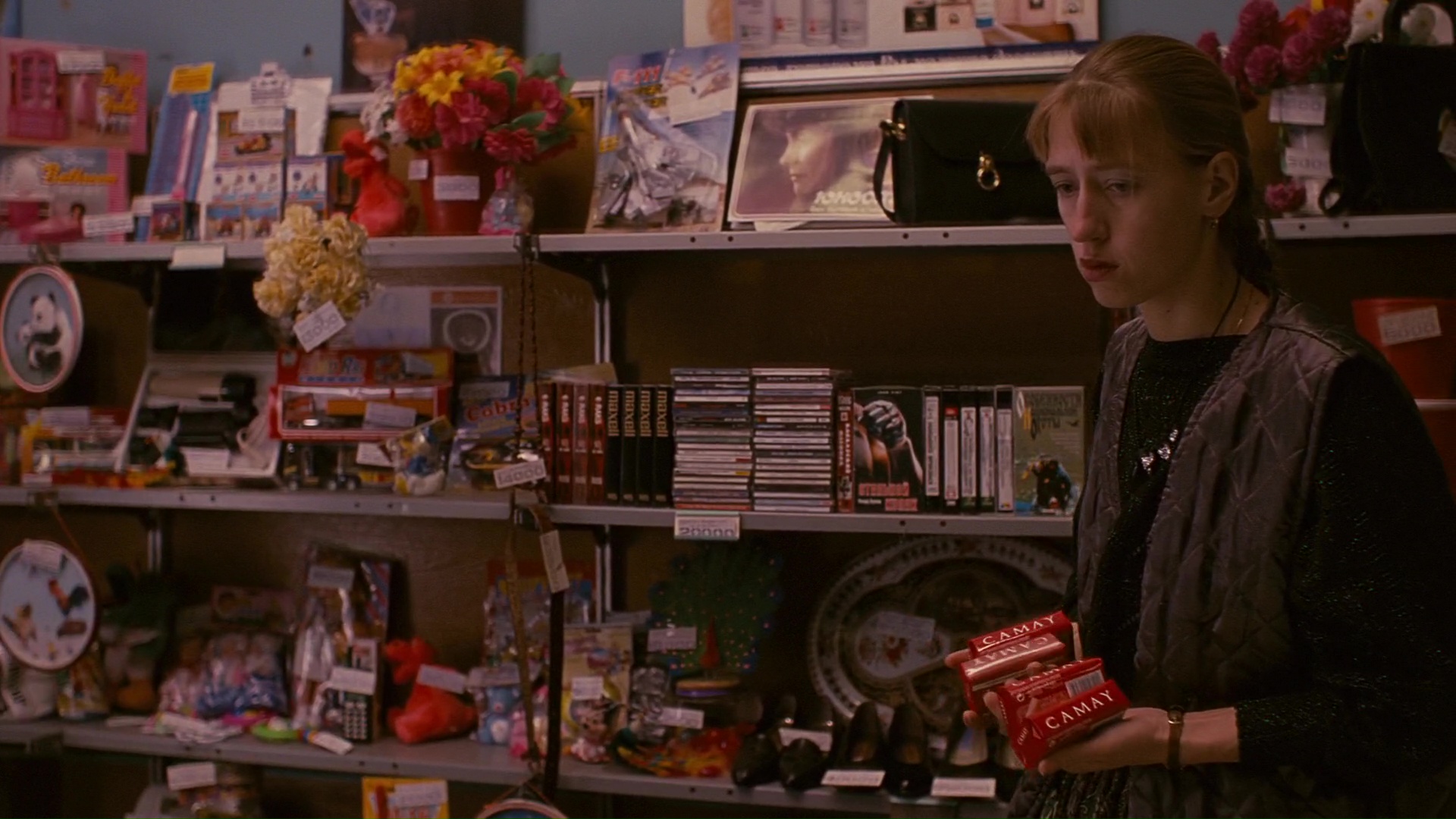
At the very beginning of the film, a typical, very atmospheric assortment of a provincial shop in the format "everything and something else" is shown. Houses for Barbies, a model of a truck, a videotape with "Peculiarities of the National Hunt" with a glossy cover, and some other outright pirate. Blank VHS Maxell and RAKS, poorly distinguishable stack of CDs, 20 thousand rubles each. The film was filmed before the 1997 denomination ; for translation into modern rubles, three zeros must be removed. Disks are frankly pirated, a little later we will find out how much the normal ones cost. A sign of the era: price tags made using a Soviet stencil.

At the seventh minute, the first and last computer installed in the office of the crime boss appears in the frame. The indicator indicates the frequency - 133 megahertz, most likely it is a Pentium. The fact that this is not AMD Am5x86 at the same frequency is also hinted at by the poorly distinguishable Intel sticker on the case. Complete with an optical drive, a good system is obtained, which is most likely used in the "manager's" office as furniture or for solitaire. At the end of 1996, the coolest Pentium would be the 200 megahertz version. Monitor - super popular Samsung SyncMaster 3ne: 14 inches, maximum resolution of 1024x768.

First visit to the store with music and rock paraphernalia. In the background - videotapes with concerts, one can easily guess “Aerosmith - Big Ones” and “Black Dog Petersburg” by DDT. Prices for "licensed" CDs: "This one is 75800, and this one is 78". The easiest way to compare "that" value with today's money is through the dollar exchange rate. As of October 11, 1996, one dollar was worth5426 rubles, that is, for a disc with music Danila gave about 14 bucks, taking into account inflation - $ 23.5. It could be even simpler: it was a quarter of the then salary in a provincial budgetary institution. In my harsh reality, I could not afford either a "firm" or a "pirate" on CD, but bought pirated cassettes. I don't remember at all how much they cost then (if you remember, tell me), but it seems to be in the range of 4-6 thousand rubles, that is, one dollar. Oh yeah, pirated CDs from the provincial store in the screenshot above would have cost $ 3.7.

At the same store, at the 17th minute, you can see Danila's CD player for the first time. This is a Sony D-245, judging by the date in the manual 1995 model. A mid-level device, the model numbers of the cheapest Sony discs started with one, top-end ones - at 3, 5 or 7. It is quite a decent device with everything necessary for full-fledged operation. Anti-shock for three seconds (okay, the models were a little more expensive with 10-second anti-shock were more convenient), up to 12 hours of operation from one set of batteries. There was an opportunity to charge a block of finger batteries directly in the player. Two-stage bass booster and the ability to connect a wired remote control, which, however, was not included in the package. To make this movie review a little more meaningful, I found and bought this particular model.

Alas, in an inoperative state: there are traces of leaked batteries on the board, the player does not turn on either from them or from an external power supply. Together with mobile phones, the player participates in the development of the plot, and we will return to it later.

Danila's first meeting with his brother. There is a poorly identifiable cell phone on the table.

The song of the group "Nautilus Pompilius" is playing. Here you can see how the CD player is attached to Danila's belt. He clearly organized the fastening on his own, since this model does not have regular means for wearing on a belt. And in general, this was not accepted for a CD-portable.

In the 2000s, I carried a CD player either in my bag or in the large inner pocket of my jacket. Therefore, the wired remote control was important: so as not to get the player itself out again or not to look for the buttons by touch.

Literally for a split second, the collapse with the fresh press gets into the frame, and there is a lot of interesting things here. At least two magazines about high-fi, the fashionable Ptyuch publication at that time, the eternal yellow press. And there is a corner of the "Country of Games" magazine, which I quickly identified with the help of colleagues in retro hobbies. This is the seventh (from the beginning of publication) issue of the journal for October 1996. The magazine's website has an archive of covers :

The full scan can be found in the Internet Archive . Two spreads are devoted to the shooter MDK - this is a preview, will be released in April 1997. News: official sales of Sony Playstation have begun in Russia; 3DO leaves the market (sales of 3DO Interactive Multiplayer are stopped, technologies are sold to Matsushita); Sega, on the other hand, was investing in game development for the then-current Saturn console. Nintendo launches the latest 64-bit Nintendo 64.

System requirements from a randomly selected game review: 486 processor with 33 megahertz, 8 megabytes of memory, 15 megabytes of hard disk space. Actual advertising:
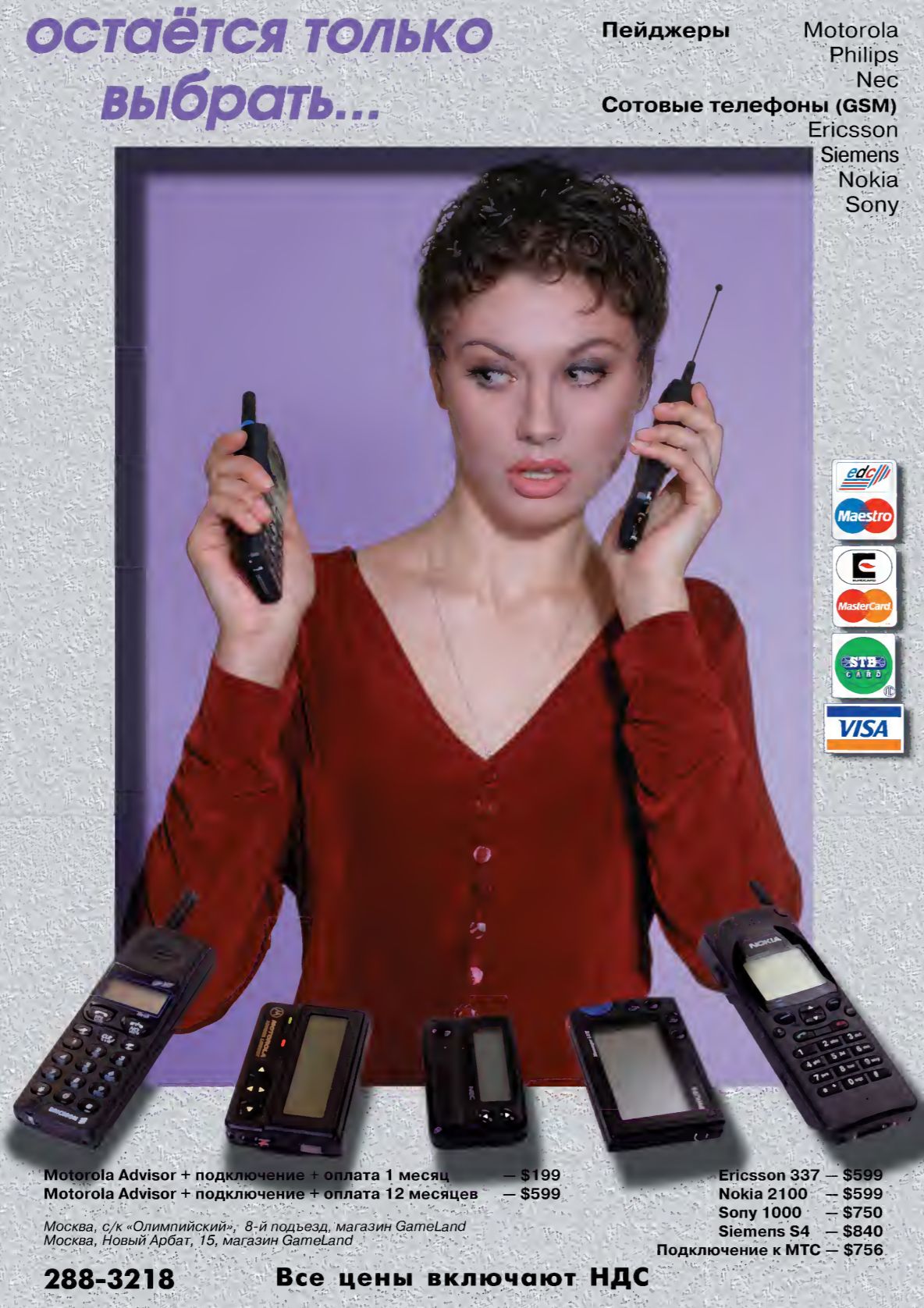
The Nokia mobile seems to be similar to the one used in the film, but not quite.


Despite the dubious (from 2021) design decisions, the 1996 magazine has a very pleasant atmosphere. But we have to go back to the movies.

Danila buys a newspaper with advertisements in a tent and calls from a pay phone, agreeing to rent a house. Crosses out unsuccessful options with a pen. Life without the internet was not easy.
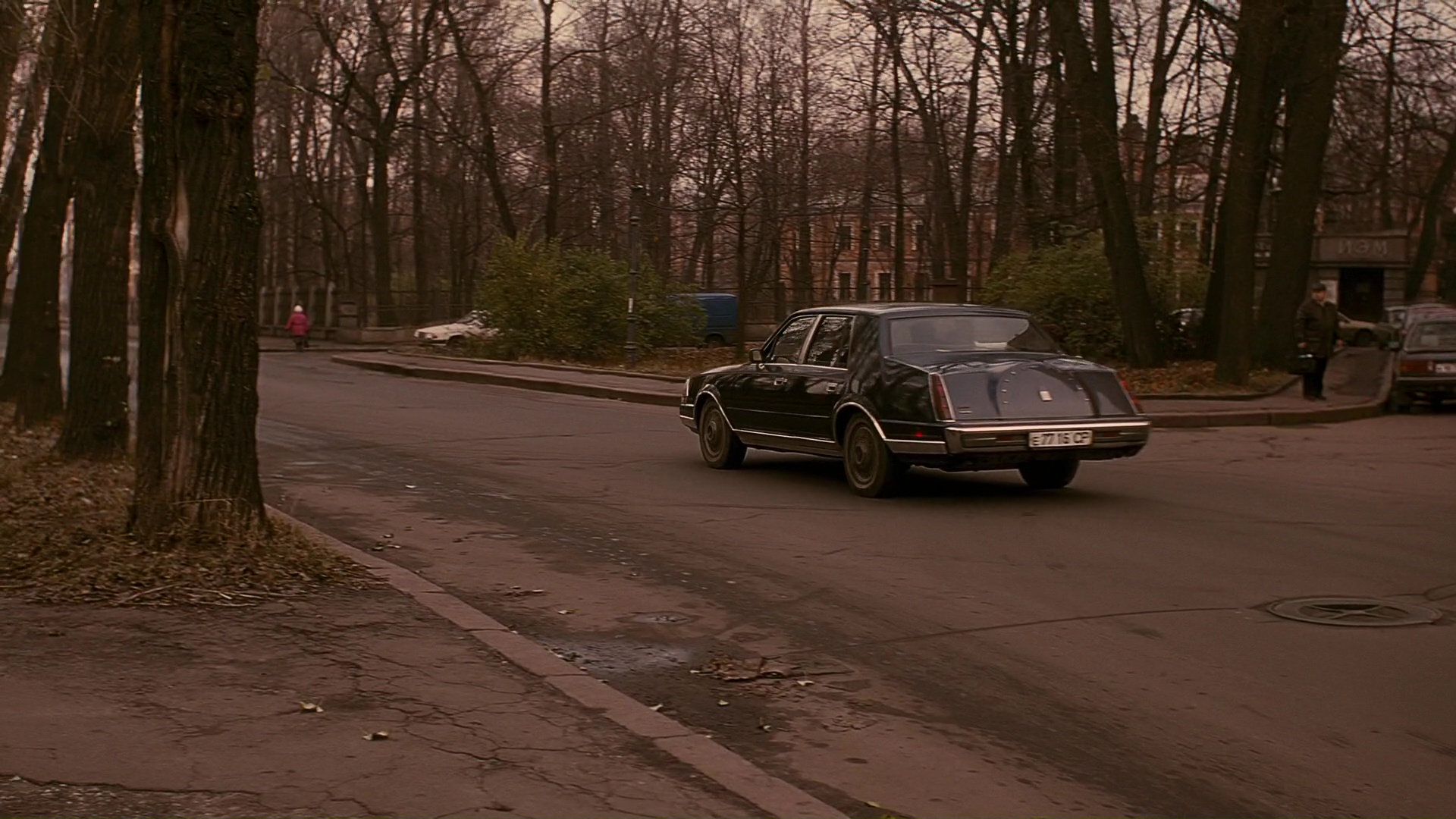
Danila and his brother ride a gloomy Peter in a 1984 Lincoln Continental (the car was preserved, bought from Lenfilm by a collector).

The cell phone flashes again, still poorly identifiable. It is only clear that the two warring parties in the film have the same phones. Maybe they had one at all?
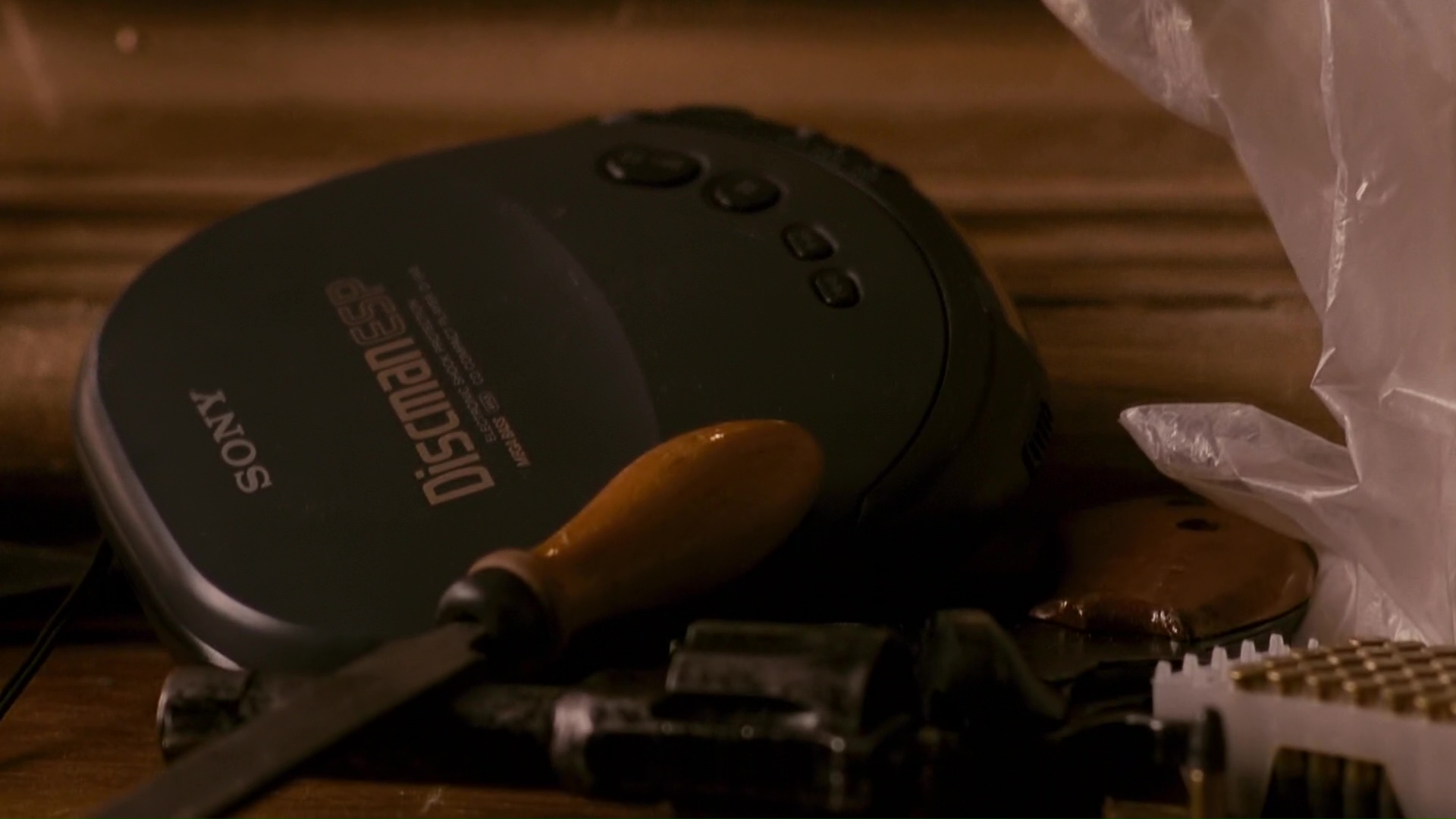
But the player is again shown in close-up. If you don't know about the microscopic budget for shooting, you can assume that there was product placement.

And one more phone cameo. At this point, I searched through pictures with queries like "Nokia 1996 phone", and found something very similar:

But not that. This is the Nokia 1610 , a GSM phone released in April 1996. But his call and end buttons are small, and in the film you can clearly see how they occupy the entire width of the front panel.

The interior of a rich man's apartment. In the background is a hard-to-identify VCR, most likely a Panasonic. Here (45 minutes) we are given an important hint: Danila calls his brother on his cell phone, and he asks him to call back to the city (hard to hear).
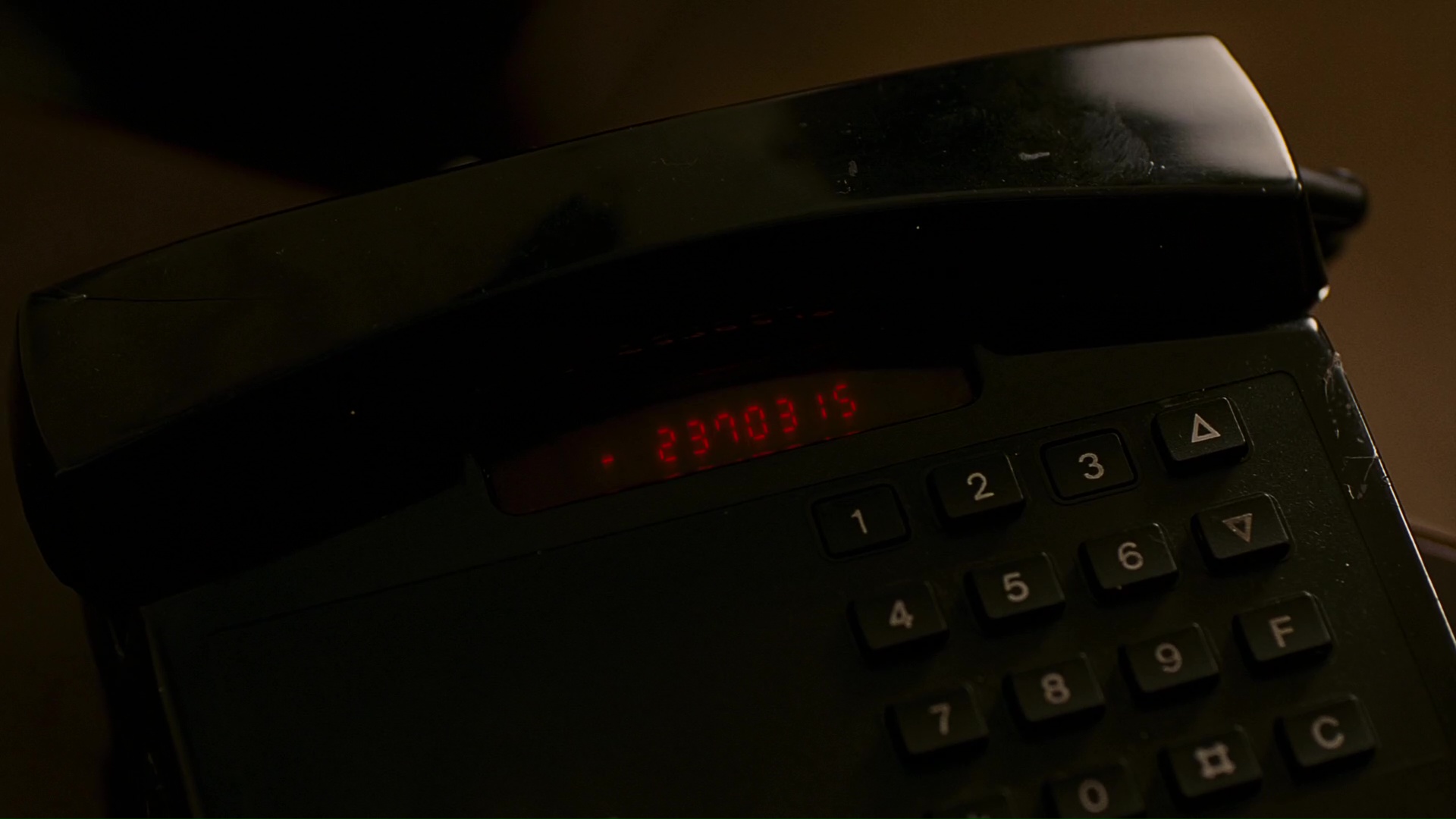
The local phone has a caller ID, so Tatar finds out the address of Danila's friend. Two conclusions can be drawn: firstly, the cellular communication in St. Petersburg in 1996 is so-so, and secondly, it is impossible to determine the number on the mobile phone.
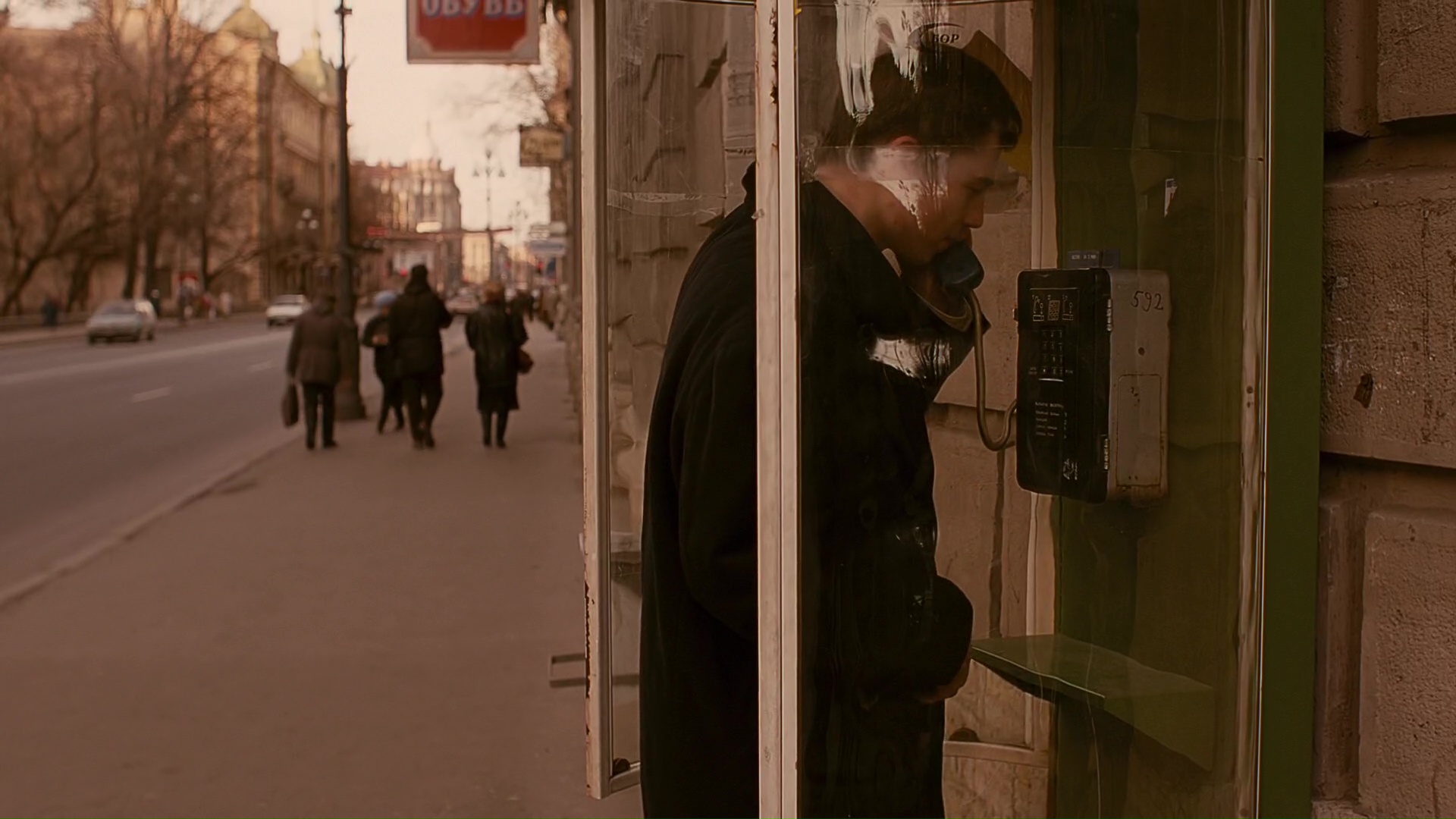
Another view of a telephone booth. The apparatus is Soviet, which once accepted two-kopeck coins, but apparently converted into tokens. The facade was changed to a modern one with a push-button set. In my provincial city, tokens were never introduced: payphones were free for local calls until they disappeared.

Danila is mastering the "new technique". In the room of his girlfriend, the video recorder is simpler - Electronics VM-12.
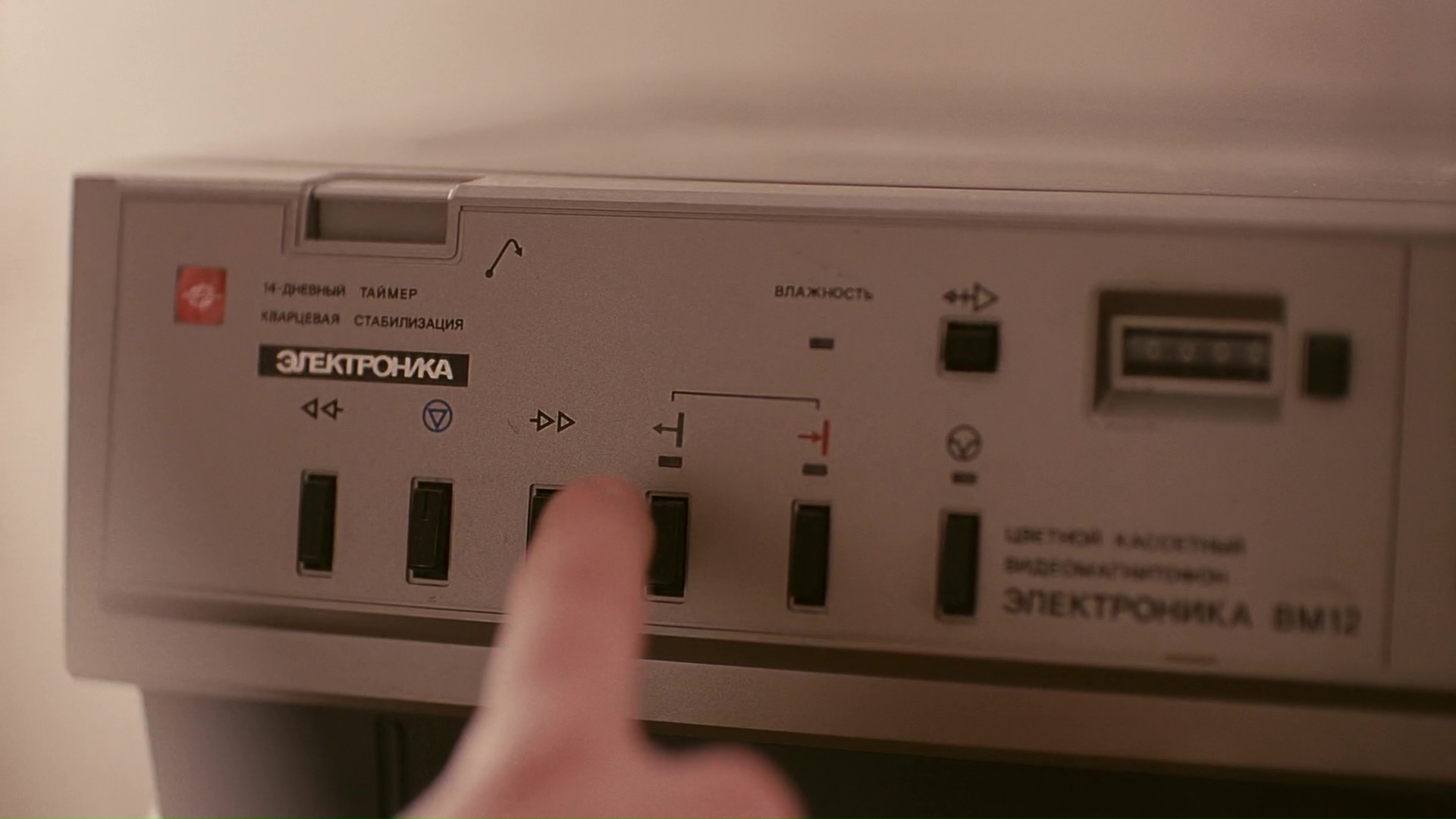
"And what is your play button here?" - "Green!" And also: “This is a Nautilus concert. Anniversary. Very rare, I got it. "
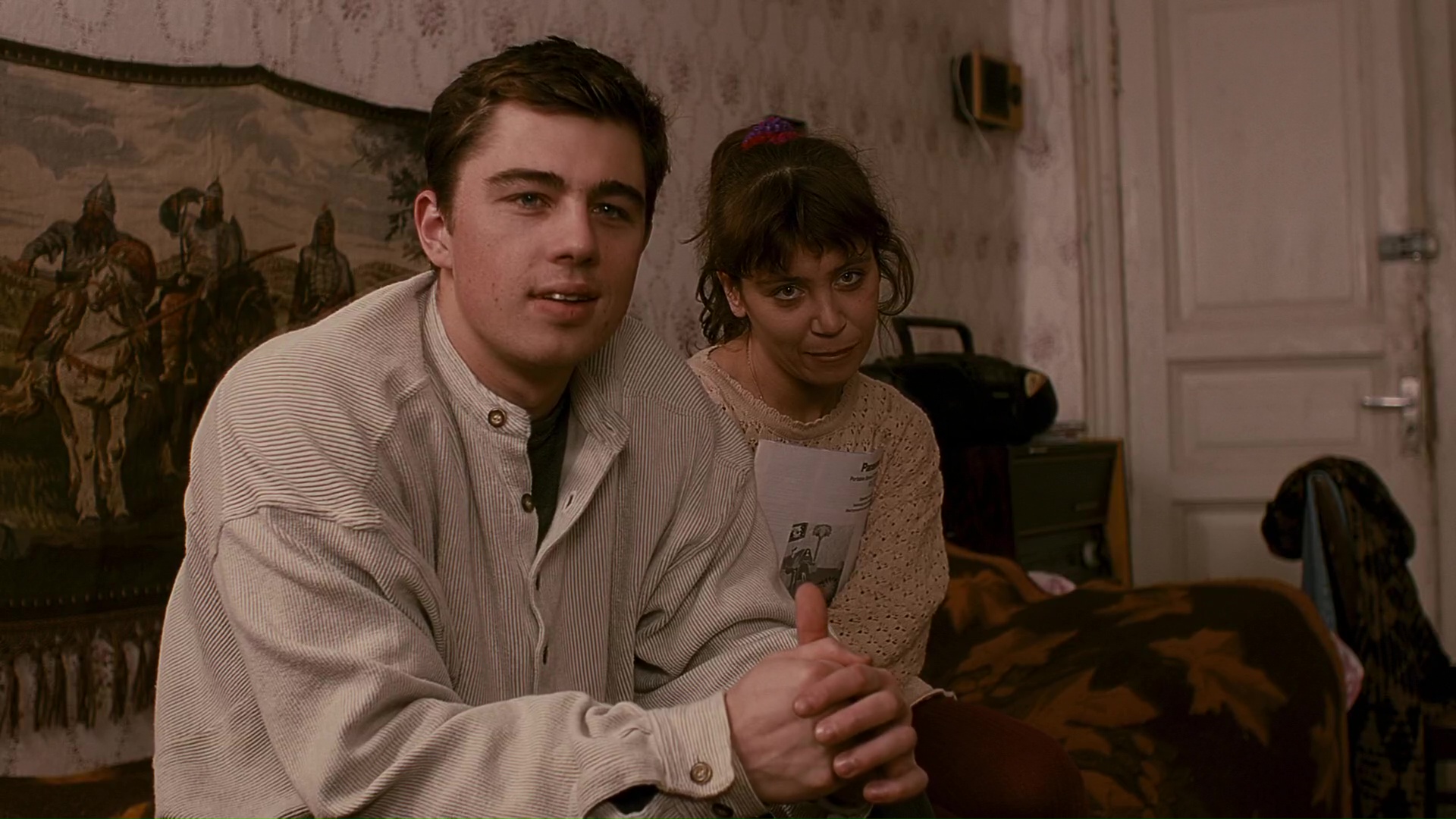
In the background are two generations of home audio equipment. Unidentified old radio (turntable, radio) and trendy-modern boombox. The box from it flashes right in the frame a little earlier, so the exact model is known: Panasonic RX-DS15.

CD-player, cassette without autoreverse, instead of an erasing head - a magnet.
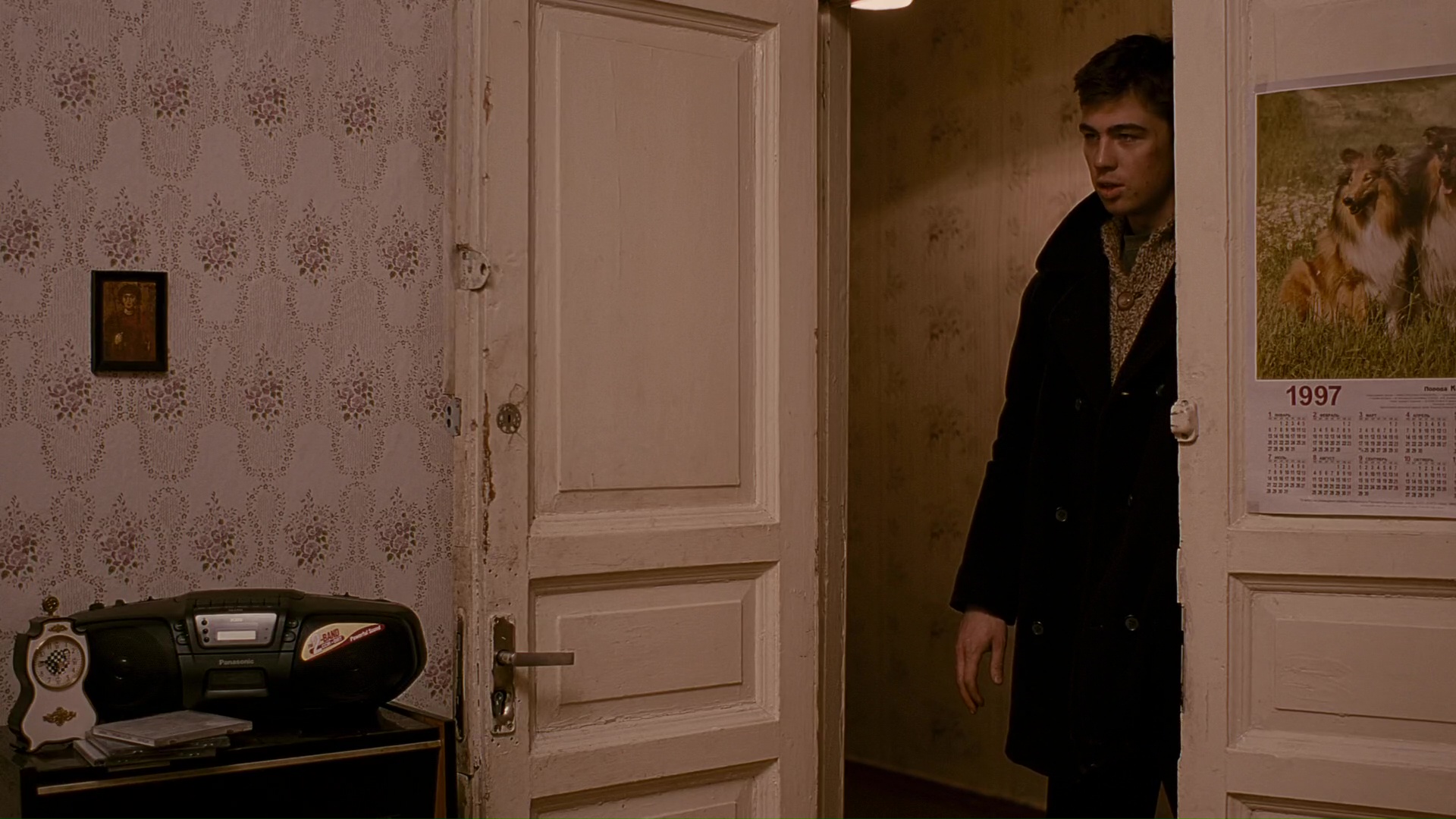
Already at the very end of the film, a sticker on the radio tape recorder with mysterious incantations is visible: "FM 2-band CCIR + OIRT". This hints at a feature useful for the nineties: radio reception was possible not only in the international range of 87.5-108 MHz, but also in the Soviet 65.9-74 MHz. In common use they were called, respectively, "VHF" and "FM". My Sony boombox of those times (of course without a CD, but a two-cassette and with an auto-reverse!) Could only receive "FM", and for "VHF" a converter was purchased on the market attached to the antenna.

General view of the musicians' den. Speakers - Radiotehnika S-70 . Unlike the more common S-90s, they have a built-in amplifier.

Last appearance in the film CD-player. Danila is shot, and the bullet hits the player. It becomes clear why he was on the belt earlier. Visible internals that I can compare to a real Discman D-245.

And these are not the insides ! For greater persuasiveness, a broken board from some other device was inserted into the frame, which, however, also has a headphone output. If you have any idea what this fee might be from, share it. It was probably an old cassette player or portable tape recorder.
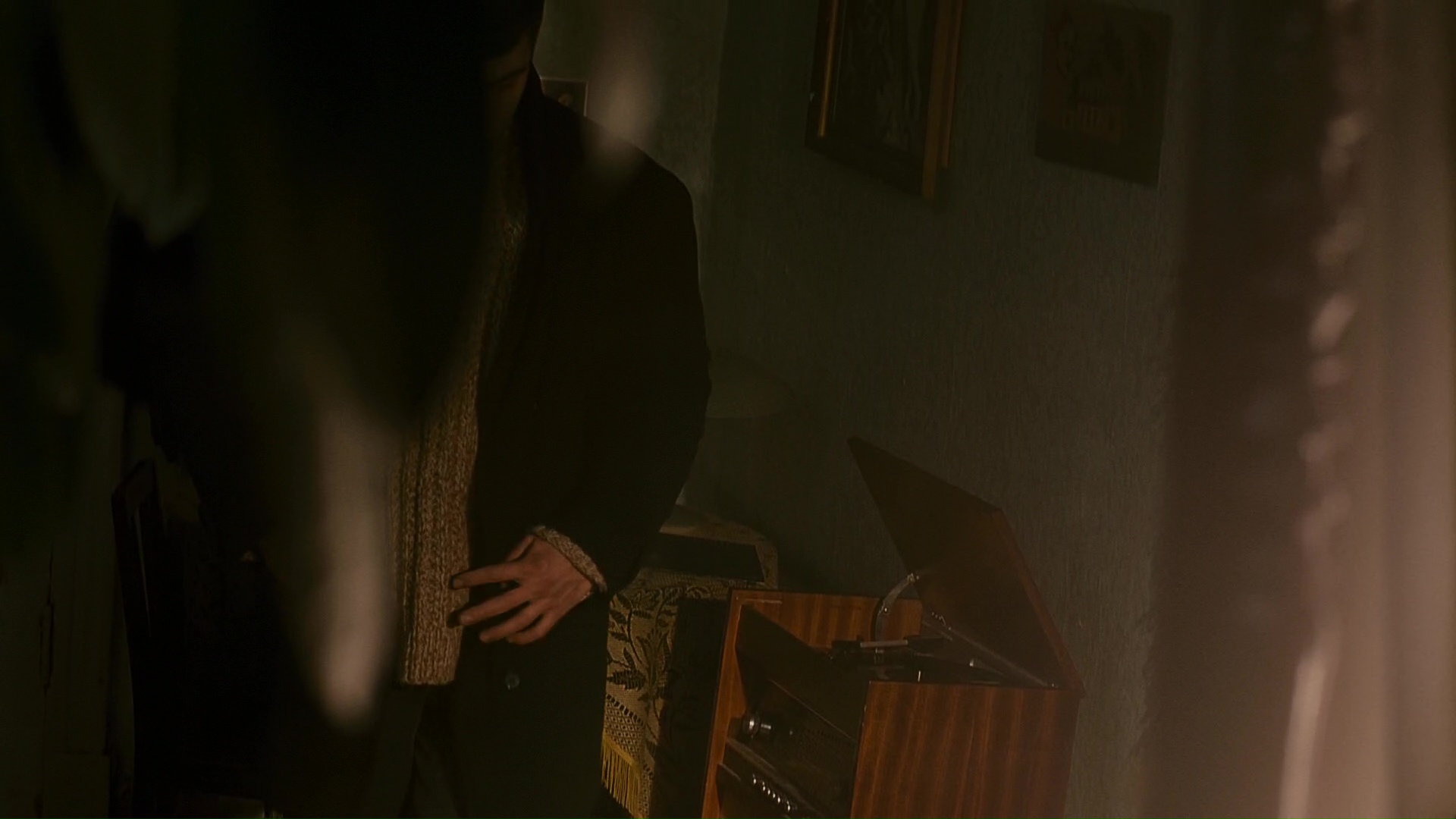
The final is approaching. Since there is nothing else to listen to on the CD, Danila switches to old-fashioned vinyl.

Meanwhile, during an ambush at Tatarin's apartment, we see two identical telephones. So far we know that this is Nokia, that it has wide end call buttons and a large battery, and there is no caller ID. Here's the best phone view I could get my hands on:
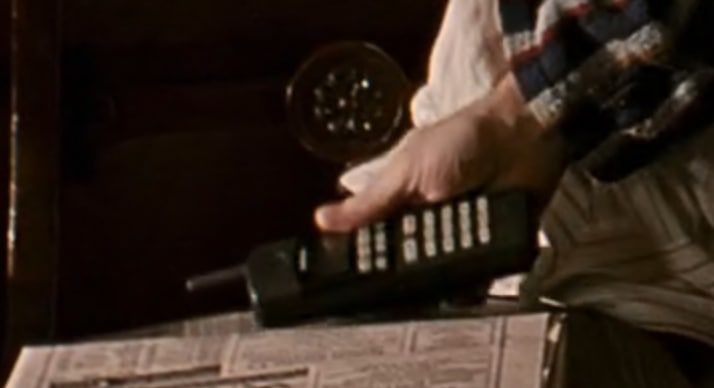
I even found on the Internet a large infographic with Finnish phones from different eras (click on a larger option): And there was nothing like that. Then I finally realized that in 1996 it was not necessarily a GSM device. Everything was put in place by the archived version of the Nokia website for December 1996 :

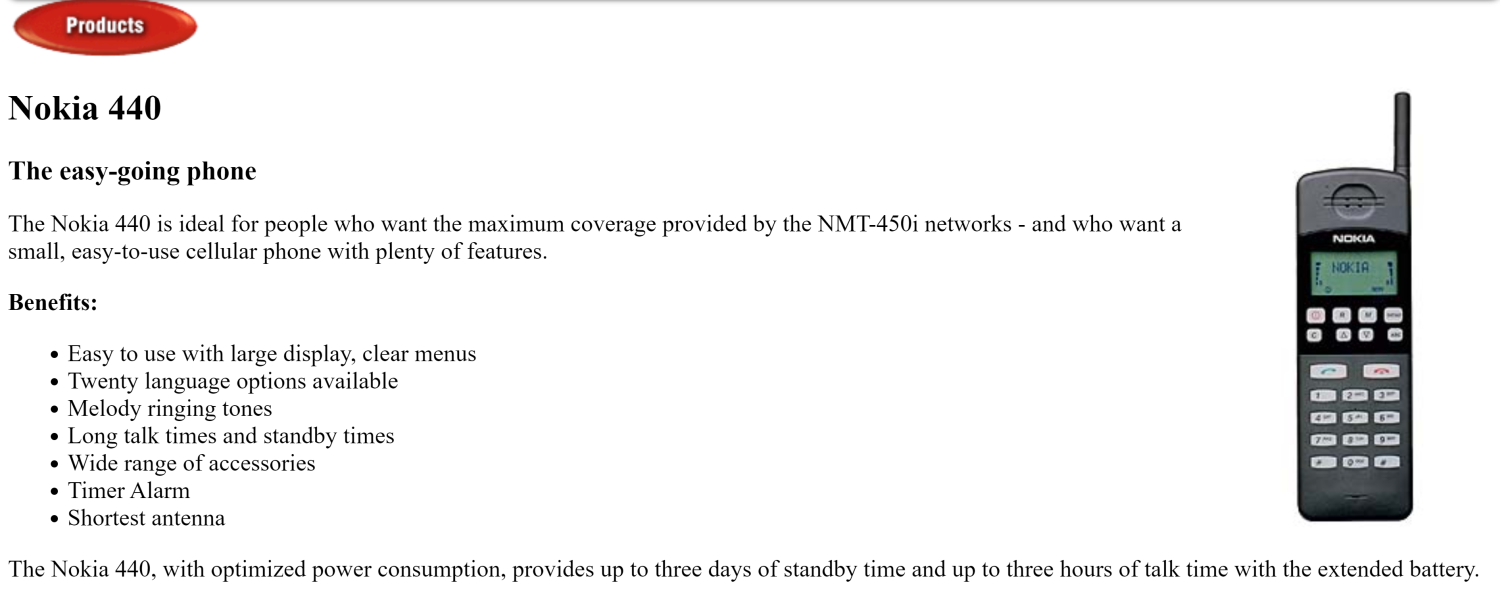
This is Nokia 440, NMT-450i standard. Weight 275 grams, talk time from 70 to 150 minutes. The NMT communication standard itself belongs to the first generation, it is analog, in Moscow it was supported by the MCC operator, in St. Petersburg (since 1991!) - by Delta-Telecom . Communication at a relatively low frequency was distinguished by its range, but due to the analog nature, the quality suffered, so the variant with "hard to hear" is quite probable. Judging by the archive of the MCC website, there was a “caller ID” service for subscribers of such a network. Suppose it was not connected in the movie. To save money.
Reality and mythology
Even 23 years later, the film leaves a heavy impression: you seem to embed yourself in its artificial reality, superimpose your impressions of the nineties on the plot outline. And in fact in vain: again, I was lucky, my nineties were better than the film (this bar is easy enough to overcome). Finally, here's what I want to say: this experiment is good at revealing the difference in perception. There is what really happened to you. There are your memories, and although they have something in common with reality, they are already different: something was forgotten, something on the contrary seems vivid and important, although then you might not attach any importance. There is a reflection of reality in a work of art - and we must not forget that this is also someone's retelling, not necessarily suitable for you.
Years pass, mute melancholy leaves, new events crowd out memory. The past becomes irrelevant and turns into a myth. Like in Monetochka's song about the nineties, where everyone is running around completely naked . This is normal, sooner or later this happens with any event, and even though you yourself, having seen the real nineties a little, remember something differently. I successfully found Danila's diskman model, but did not find the truth in the film ... I didn't even try, in relations with the past, reconciliation is more important to me, without trying to embellish or denigrate this past. This is such a positive consequence of accepting oneself. When you have lived long enough, done a lot of different garbage, without such acceptance it becomes difficult. And one more thing: music is more delicate than cinema, it affects memories. She usually does not impose anything, you just turn on and rewind the slightly chewed timeline of your life in your head. Therefore, I want to finish this opus like this: